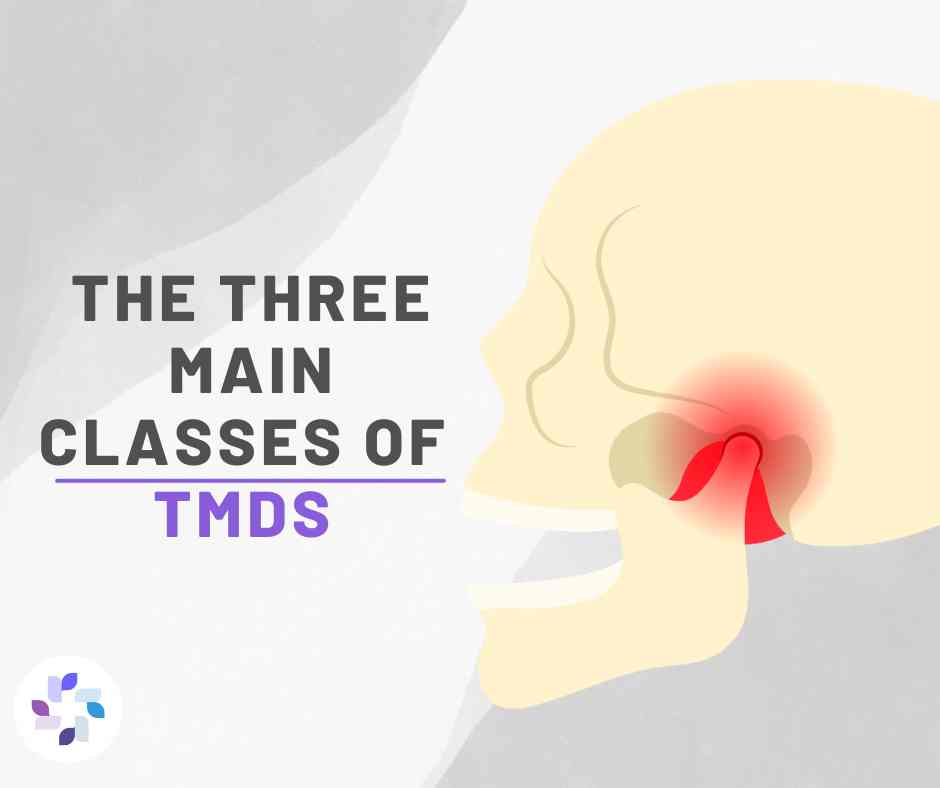The immobility of facial muscles during flaccid paralysis leads to distinct physiological changes in the face. Understanding these alterations sheds light on the importance of preventive measures during this stage of facial palsy. Insights from an expert at Facial Therapy Specialists International (FTSI) provide valuable information on these physiological shifts.
Impact of Muscle Immobility in facial palsy
During flaccid paralysis, the lack of muscle movement triggers significant stiffness within a few weeks of its onset. This stiffness affects the facial muscles, leading to noticeable contraction and stiffening. Of particular concern is the eyelid, which, without regular movement and blinking, rapidly experiences stiffness and shortening of muscles.
The consequences of muscle inactivity are evident as the muscles stiffen, shorten, and contract over time. Addressing these changes promptly is crucial, emphasizing the need for preventive measures to counteract muscle stiffness and tightness.
Significance of Preventive Measures
Preventing the onset of muscle stiffness is key, as it is more manageable when addressed proactively. The expert underscores the importance of preventive actions during the flaccid paralysis stage, emphasizing their pivotal role in averting physiological changes associated with facial palsy.
For further guidance and support, individuals can access resources like the Bell’s Palsy & Facial Paralysis by FaceRehab support group on Facebook or the FaceRehab Therapies World mobile application. These platforms use a questionnaire to assess the facial palsy stage and provide an approved rehabilitation plan by FTSI. Moreover, specialized professionals are available on the platform for expert consultations.
Source: Catriona Neville, Chair of Facial Therapy Specialists International (FTSI) & Facial Palsy Road To Recovery Podcast








